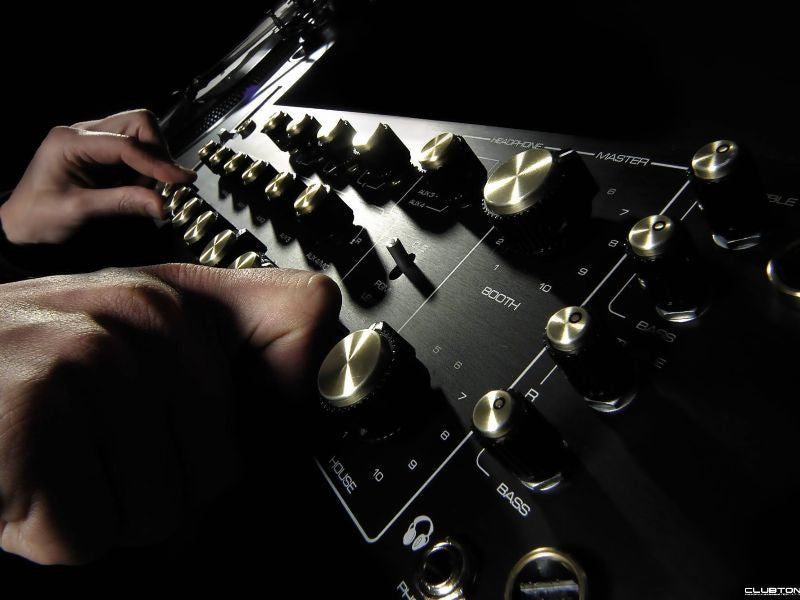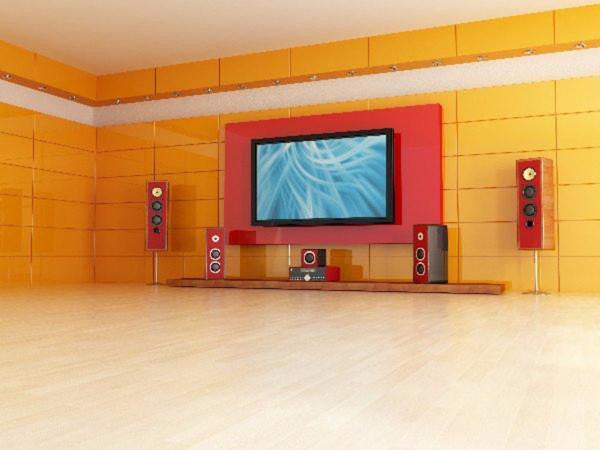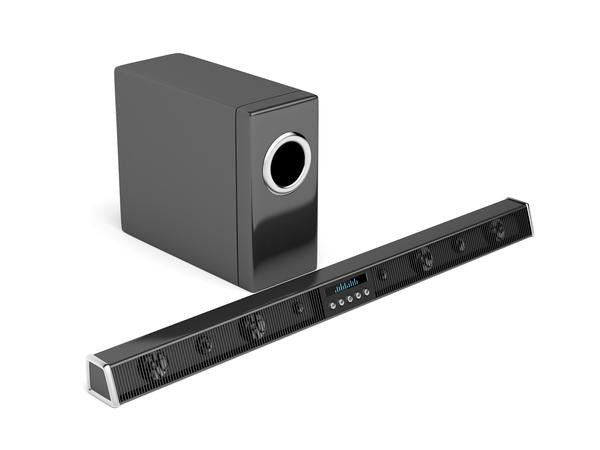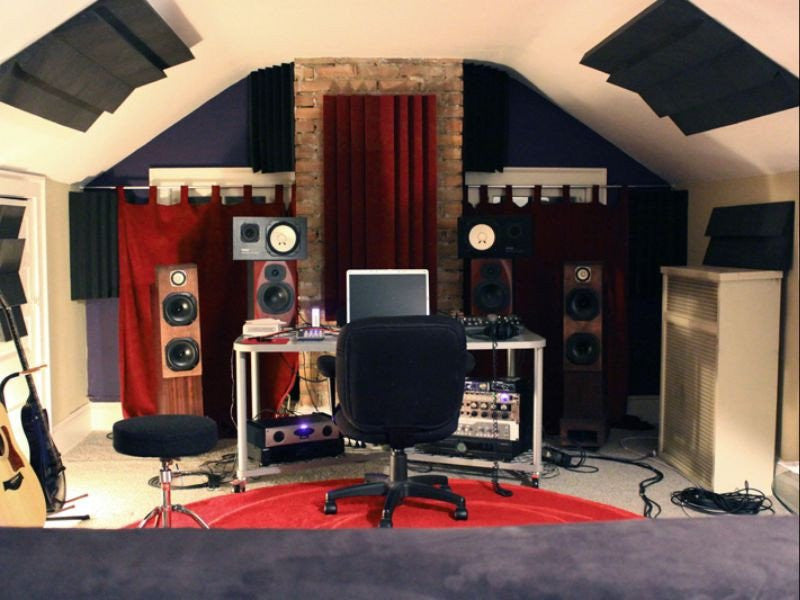Audiophile Disclaimer:
The contents of this article do not apply for all audiophiles. Being in the audio industry for a considerable while now, we have found a number of crazy nuggets of ‘advice’ floating around in the Indian audio industry that not only have any scientific basis but also have no positive contribution to the quality of acoustics, they are often counterproductive and lead to wasted time, effort, and money. We listed ten of the most common gaffes for audiophile amusement (if you’re learned), or education (if you’re a rookie).
Points to consider:
1. ‘Sound Quality’ is Subjective
For the last time, NO. Sound quality in home theatres is a measure of how accurately a set of values and dimensions set by a user, mimics the actual sound of a multimedia file in reality. There is usually just one set of values that provide you with the highest attainable sound quality. It is not your prerogative to play around with the numbers until you find something you like. That’s ridiculous.
2. Expensive Brands Are Expensive Because of Brand Name
We can’t guarantee that this is NEVER true, but it’s reasonably accurate to say that it usually isn’t. It’s normally the other way around – the brands in question acquire a ‘brand name’ that is valuable because the equipment they sell are better. Nonetheless, an informed buyer doesn’t contemplate on the brand name, they contemplate on the specs. If it says good things on the box and the company is reasonably reputed, it’s stupid to be suspicious.
3. Equipment that is more expensive is always better
When offering buying advice to someone with zero knowledge of audio gear, we do tell them to buy the most expensive thing they can purchase – why? Because that’s normally the safest bet. However, by no means does this always hold true. The equipment that fits most fabulously with your room is one that has the optimal range and compatibility to the size and shape of your room, the kind of music you prefer, and the maximum utilizable refinement of sound given external and peripheral disturbances such as hard surfaces and furniture. There’s simply no other alternative.
4. Secluded Rooms Are Better for Home Theatres
This might seem counter-intuitive, but the opposite is true. Rooms that are sound proof are more difficult to calibrate. This is because the surplus lows and mids, that would normally escape a room through the walls/portals end up getting stuck in the nooks and crevices of a room with no exit for sound. Extreme precision needs to be taken to ensure that annoying glitches such as standing waves and bass traps don’t form at any point in the sitting area.
5. Equipment of matching Brands Sound Better Together
A solid piece of baloney if there ever was one. Two pieces of equipment with the exact same specifications are the same regardless of who made them. Extensive testing and recording has yielded zero propensity for like-branded equipment to sound better together. Just get whatever fits your budget and offers you with reasonable aesthetics.
6. Calibration and Equaliser Values are a matter of Taste
It’s hard to believe that these are words spoken with seriousness in the audio industry. Calibration and equalisation are tools that are used to cancel out the restrictions imposed upon a home theatre system because of the limitations of the room it is placed in. There is no way you’ll ever come off as a person who understands good music if you think it’s okay to put the bass on full and the treble on zero because you are a “basshead”. Don’t be that guy, folks.
7. The Quality of Sound depends on the Quality of Connection Cables
Partly true. Cables come in a wide range of prices, and the cheapest cable on Amazon is likely to give you worse sound than the best one. However, the trade-off between sound quality and cable price isn’t linear. Beyond a certain point and quality, all cables offer you with great sound, irrespective of how badly buying them maims you pocket.
8. Furniture Should Be Placed To Maximise Bass
This one always gets us – it’ pure insanity. Guys, the best thing about music isn’t bass, we hate to break this to you. The lows and highs in music are there just to add different hues and textures to the actual music, that happens entirely in the mids. Maximizing bass in any room will make it nauseating to sit in it for long periods of time. Too much bass can make you physically hurt, trust us. Try listening to music as it should sound, rather than what you think sounds good. For once, do it. You’ll see what why we’re annoyed by this.
9. TVs are inherently better than projectors
Not true, but usually true in case of home cinemas for living rooms. LCD/LED/Plasma displays have a large number of benefits over projectors – they are easier to use, they require less customization, they are common and hence easily repairable, and most of us know how they work. However, projectors come in especially handy for massive displays when you have a dedicated room to serve as your home theater. Don’t underestimate projectors.
10. 4K Screens are Always a Better Option
4K is great – but only if you have a massive screen. If your screen is large enough to render the 1080p HD pixels too large for smooth picture, go ahead and spend $10000 on a 4K. For a normal household with a normal TV for a normal Home Theatre, 4K is overkill – your eye can’t tell the difference.
And come what may..Audiophiles will be Audiophiles at the end of the day.






Comments
0 comments